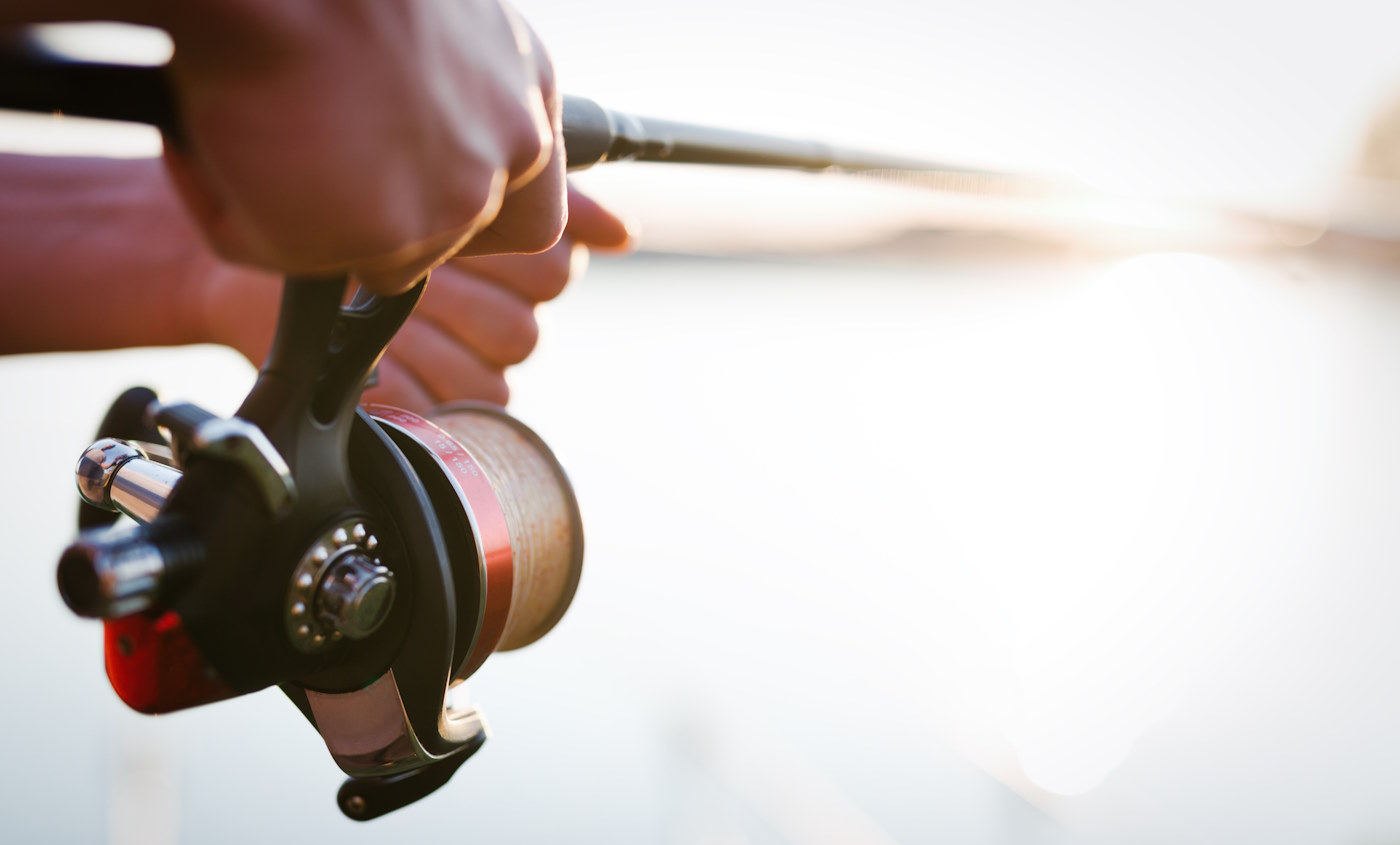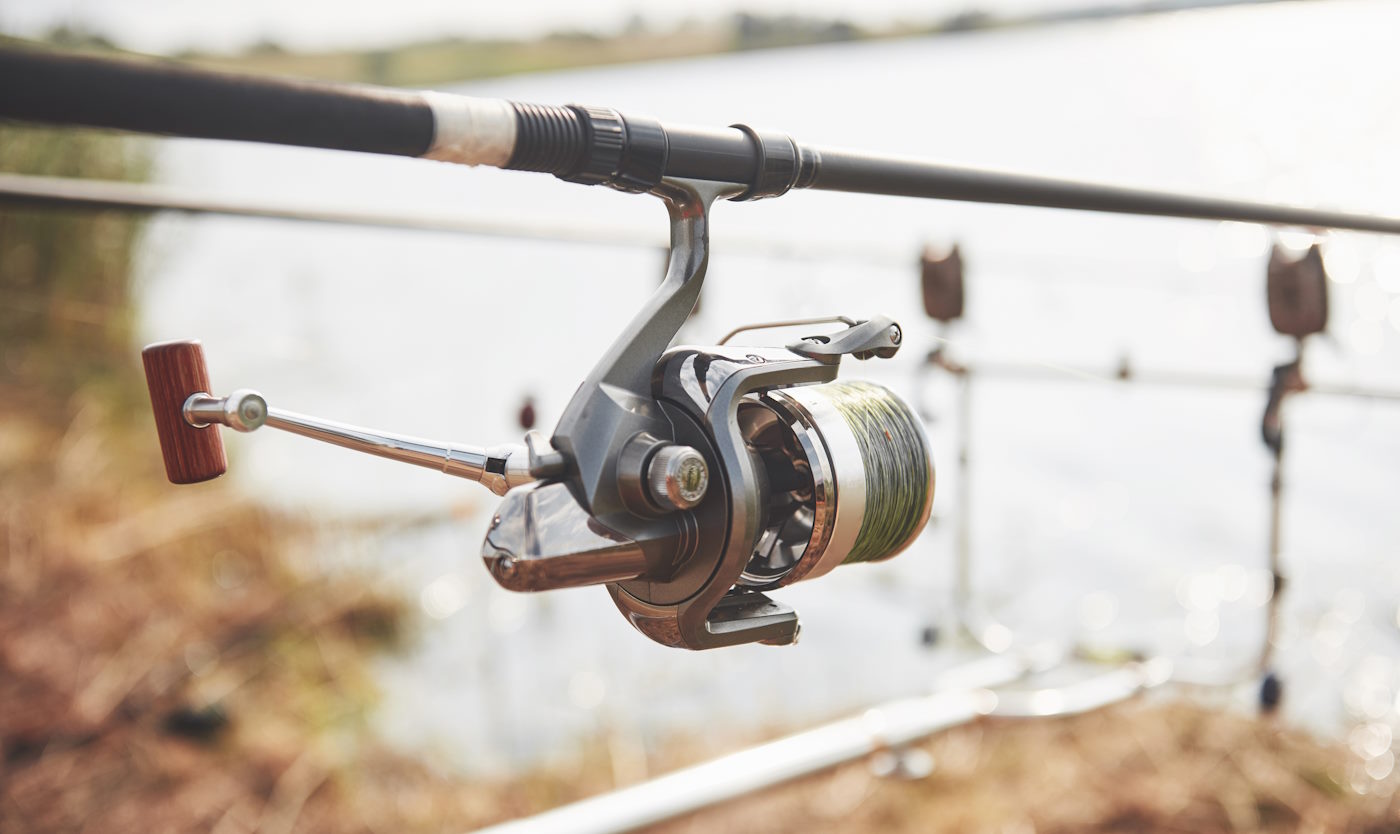Baitcast vs Spincast vs Spinning Reels
Key Differences and Pros / Cons of Each Type of Fishing Reel
In addition to the various types of fishing to choose from, there are also various types of rods and reels to choose from depending on what you’re trying to catch and where you’re trying to catch it. A reel is simply a mechanical device attached to a fishing rod that stores, releases, and collects the fishing line via a rotating arm.
As with the lures vs live bait debate, most fishermen will have a preference for a particular type of reel, depending on the location, targeted species of fish, their budget and their experience level. To learn more about what will work best for your fishing adventures, read on.
What is a Baitcaster Reel?
A baitcaster reel sits on top of the rod so the spool is parallel to the rod. It works well with monofilament, fluorocarbon and braid line types. The line on a baitcaster reel comes off the spool directly in line with the rod while the line of a spinning reel is let off away from the rod.
When you’re baitcasting, the spool moves with the casting of the line, so it requires a more experienced angler to keep things under control. Otherwise, the spool ends up moving faster than your casting line is flying, and the line bunches up into a knotty mess. This is called backlash, or a bird’s nest and can be reduced or prevented with practice. It’s the main reason why baitcaster reels are recommended for advanced fishermen. Although it’s a more advanced type of reel, being able to use multiple types of lures, bait and lines make a huge difference in fishability.
How to Use a Baitcaster Reel
A baitcaster reel is best for strategically dropping your line in a more crowded area, or in a hot spot like a riverbed. Depending on the quality, it’s also powerful enough to be used as an offshore fishing reel. When using a baitcasting reel, the dominant hand holds the rod to cast, and then the angler switches hands to reel in the cast, so the dominant hand controls the reel as well. Experienced anglers will use their thumb to brake and control the line as they are casting to prevent backlash or nesting.
When using a baitcaster reel, you release the line when you press the button. This also immediately drops your bait. To cast, you lock the line with your thumb on the reel. To end your cast, turn the reeling handle (this pops the button back up) or put your thumb back on the spool.
Baitcaster Reel Pros
- Durable
- Lightweight, low-profile
- Can hold heavier line
- Can hold more line
- Stronger drag capabilities
- Can handle heavier and powerful fish
- Can handle heavier fishing lines and lures
- Highly customizable
Baitcaster Reel Cons
- More expensive
- Higher learning curve; requires more experience
- Backlashes (sudden bunching of the line in the spool)
- Can be difficult to switch between left and right orientations
What is a Spincaster Reel?
Spincaster reels are the simplest type to use, making them well-suited for testing the waters. Spincast reels are also a great budget-friendly option for beginning anglers or children.
Spincaster reels have a button that allows you to toggle between locked and free-spool. They also have a drag adjustment on the underside of the reel or beside the reel handle. This drag adjustment mechanism controls how much resistance a fish will feel when it’s on the line.
The mechanisms are all hidden inside a metal or plastic casing, which means any tangles that occur can go unnoticed and become a true mess. It also means that water and debris gets trapped inside, shortening the life of the reel. Because they cost as little as $20 each, this reel type may only last for a season or two.
How to Use a Spincaster Reel
When using a spincaster reel, just press and hold the button to keep the line locked while casting. Once your casting reaches its peak, release the button to release the line. The weight of the lure and your casting position creates the momentum the line needs and the line will fly wherever the tip of your rod is pointing.
Spincaster Reel Pros
- Budget-friendly
- Easier to use
- No backlash (sudden bunching of the line due to a spool moving too quickly)
- Suitable for lightweight lures and lines
- Easier to cast near the shoreline or under overhanging trees with a sidearm cast
- Easy to switch left and right-hand orientations
- Easy to add more line capacity with an additional reel
- Great for in shore fishing
Spincaster Reel Cons
- Bulkier reel
- Not as strong or durable
- Line can tangle, twist or tear (the dreaded wind knots)
- Less drag ability (refers to how much resistance a fish feels when it pulls on the line. The tighter the drag is set, the more resistance the fish feels)
- No distance control
- Not designed to last multiple seasons
What are Spinning Reels?

Not to be confused with spincaster reels, spinning reels are preferred by anglers all over the world but are still easy enough for beginners to use. Unlike the spincaster reels, spinning reels are designed with an open face and a metal bail to prevent the line from nesting. The reel is mounted on the bottom of the rod for better balance when casting and the drag adjustment is located on top of the reel. A high-quality ultralight spinning reel will have you fishing like a pro in no time.
How to Use a Spinning Reel
A spinning reel and rod allows for a lot more control than a basic spincaster reel and rod. To unlock the line, you disengage the metal bail and hold the line with your index finger. This will prevent unspooling and tangling before you’ve even started to cast.
Then, when you’re casting, release your index finger and let the line go once you reach the top of your cast. To prevent unspooling, move the bail back to the starting position by turning the crank once you’re done your cast.
Spinning Reel Pros
- Higher quality
- Reel position at the bottom of the rod creates better balance
- More control over casting distance and speed
- More control over drag
- Ideal for placing in a rod holder (set and forget)
- Lower cost than a baitcaster reel
- Easy to switch between right-handed and left-handed use (the crank arm can be moved to either side)
- Can be used with light lures and bait
- Suited for multiple habitats
Spinning Reel Cons
- Doesn’t perform as well or cast as far with heavier lures
- The bail must be handled properly to prevent tangles
- A more expensive reel, starting at $50+
- Not meant for reeling in larger fish like salmon or halibut
At the end of the day, deciding between a baitcaster vs spincaster vs spinning reels will depend on your specific situation and ability as well as what you’re trying to catch.
For more information on any of these different fishing reel types and their uses, we recommend chatting with other fishermen, including us here at Van Isle Marina or the clerks at the tackle shops. There are also many helpful videos and infographics online to help you get started.
Looking for a new boat or yacht to start casting lines from? Van Isle Marina has a wide range of yachts for sale moored at our docks. Take a look at our selection online or come and see us in person. We are located at 2320 Harbour Road in Sidney, British Columbia near Swartz Bay Ferry Terminal.
